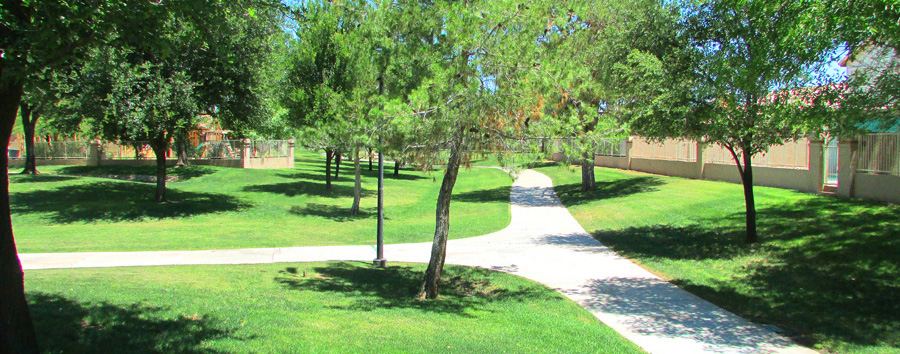Walkable Urban Locations Continue to Rise in Popularity
 The city of Phoenix itself is a bit more spread out than most people on foot are comfortable with. But one of the things I noticed and loved about the smaller cities surrounding Phoenix is their incredible walkability. For the most part terrain is flat, streets are lined with generous sidewalks, parks and walking trails are dotted throughout most residential neighborhoods and everything is well lit in the evening. New, walkable Commercial areas are developing in Tempe, Mesa, Gilbert, Chandler and West Valley locations like Glendale.
The city of Phoenix itself is a bit more spread out than most people on foot are comfortable with. But one of the things I noticed and loved about the smaller cities surrounding Phoenix is their incredible walkability. For the most part terrain is flat, streets are lined with generous sidewalks, parks and walking trails are dotted throughout most residential neighborhoods and everything is well lit in the evening. New, walkable Commercial areas are developing in Tempe, Mesa, Gilbert, Chandler and West Valley locations like Glendale.
Walkable communities and real estate development projects continue to be on the rise nationwide, but certain metro regions are progressing faster than others, according to a new national report released by LOCUS: Responsible Real Estate Developers and Investors, a program of Smart Growth America, in conjunction with the Center for Real Estate and Urban Analysis at the George Washington University School of Business (GWSB).
The report, Foot Traffic Ahead 2016, ranks the country’s top 30 metropolitan areas based on the amount of commercial development in Walkable Urban Places (WalkUPs). The report also uses a series of forward-looking metrics to examine the future development patterns in these metro areas to predict how walkable or how sprawling their future development is likely to be.
Across the 30 metros, which represent 54 percent of the national GDP, the research found a total of 619 regionally-significant WalkUPs. High-ranking cities showed higher education levels and nearly 50 percent higher GDP per capita.
Foot Traffic Ahead 2016 is an update to the 2014 report, Foot Traffic Ahead: Ranking Walkable Urbanism in America’s Largest Metros, this time using social equity metrics, which includes factors like affordable housing and potential displacement in neighborhoods that are gentrifying, in addition to economic performance metrics.
“What we’re seeing two years later with Foot Traffic Ahead 2016 is a continuous growth and expansion of walkable urban places across the country,” says Chris Leinberger, Charles Bendit Distinguished Scholar and Research Professor of Urban Real Estate and chair of the Center for Real Estate and Urban Analysis at the GWSB, and co-author of the report. “In fact, the WalkUPs in each of the 30 metros examined were found to have gained office, retail and rental multi-family market share against drivable sub-urban competition in the current real estate cycle, the first time we have seen this in almost 60 years.”
While metro areas like Washington, DC, New York City, Boston, Chicago, San Francisco and Seattle ranked among the top current areas for walkable urbanism, the report found that other cities including Phoenix, Los Angeles and metro Detroit are best-positioned for future growth of walkability given current efforts in those the communities.
“Development trends suggest a future urbanization of the suburbs that’s possible in every metro area,” says Christopher Coes, director of LOCUS. “WalkUPs are a crucial component to building and sustaining a thriving economy and the demand we’re seeing would create a new economic foundation for our country, an opportunity we must take advantage of.”


